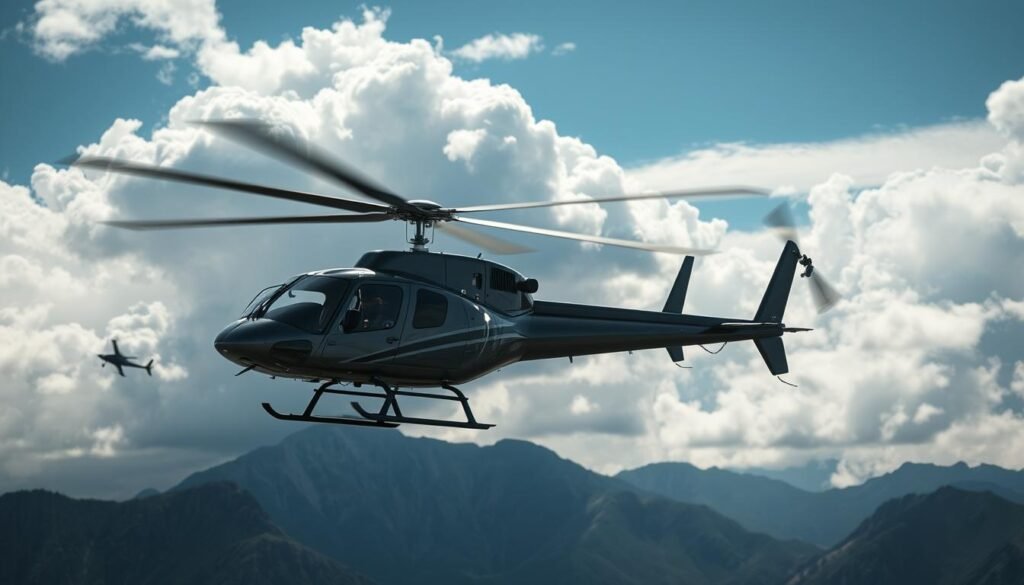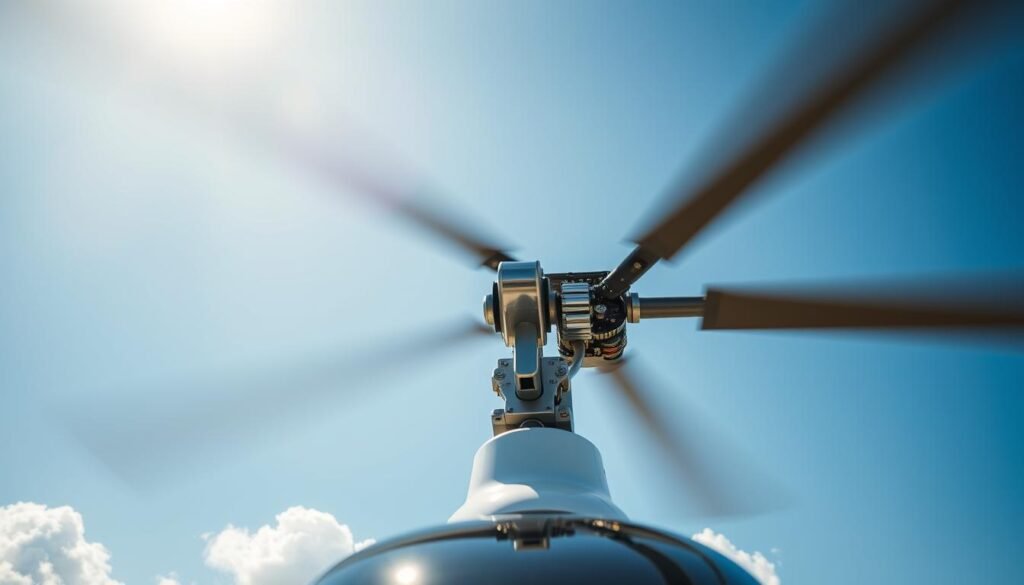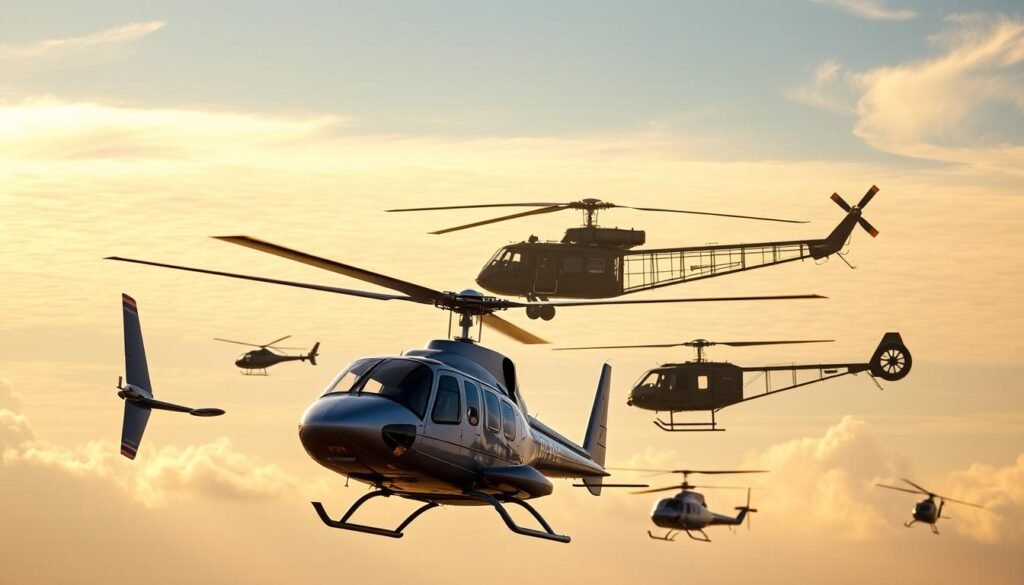Military helicopters have revolutionized warfare, providing unparalleled mobility, versatility, and support in various combat and rescue missions. From troop transportation to medical evacuations, reconnaissance, and air assault operations, helicopters have played critical roles in modern military history. This article explores the most significant military helicopter models throughout history and their lasting impact on warfare.
1. Sikorsky R-4 (1942)
The First Military Helicopter
The Sikorsky R-4 holds the distinction of being the first mass-produced military helicopter. Developed by the legendary aviation pioneer Igor Sikorsky, the R-4 was introduced during World War II and primarily used for rescue and reconnaissance missions. It was capable of hovering and vertical takeoff and landing (VTOL), which gave it a unique advantage over fixed-wing aircraft.
- Impact: The R-4’s ability to operate in confined areas and access hard-to-reach locations revolutionized rescue missions, making it invaluable for saving downed pilots and injured soldiers in remote areas.
2. Bell UH-1 Iroquois “Huey” (1959)
The Iconic Vietnam War Helicopter
Few helicopters are as iconic as the Bell UH-1 Iroquois, commonly known as the “Huey.” First introduced in the late 1950s, the Huey played a pivotal role in the Vietnam War, where it was used for troop transport, medical evacuation (MEDEVAC), and close air support. The Huey became synonymous with the Vietnam War, with its signature “whop-whop” rotor sound serving as a symbol of the conflict.
- Impact: The Huey transformed air mobility by allowing the rapid deployment of troops directly into combat zones. Its versatility and effectiveness in combat made it a cornerstone of modern air assault operations.
3. Boeing CH-47 Chinook (1962)
Heavy-Lift Helicopter for Large-Scale Operations
The Boeing CH-47 Chinook is a tandem-rotor, heavy-lift helicopter introduced during the early 1960s. Known for its distinctive dual-rotor design, the Chinook has been used in various roles, including troop transport, cargo delivery, and battlefield recovery. With its impressive lift capacity, the Chinook has become a staple in logistical operations for militaries worldwide.
- Impact: The Chinook’s ability to carry heavy loads and transport equipment such as artillery and vehicles over long distances has made it indispensable in both combat and humanitarian missions.
4. Sikorsky UH-60 Black Hawk (1979)
The Modern Workhorse of the U.S. Military
The Sikorsky UH-60 Black Hawk is the backbone of the U.S. Army’s helicopter fleet. First introduced in 1979, the Black Hawk was designed for a wide range of military operations, including troop transport, medical evacuation, and air assault. It was built to be highly maneuverable and resilient, with advanced avionics and self-defense systems.
- Impact: The Black Hawk is known for its reliability and survivability in combat. It has been widely used in operations from Operation Desert Storm to the wars in Afghanistan and Iraq, proving its effectiveness in both conventional and asymmetric warfare.
5. Boeing AH-64 Apache (1984)
The Deadliest Attack Helicopter
The Boeing AH-64 Apache is the U.S. Army’s primary attack helicopter, renowned for its advanced targeting systems, heavy armament, and combat capabilities. Introduced in the 1980s, the Apache is equipped with a 30mm chain gun, Hellfire missiles, and Hydra 70 rocket pods, making it one of the most lethal helicopters on the battlefield. The Apache’s Longbow radar allows it to engage multiple targets simultaneously, even in adverse weather conditions.
- Impact: The Apache’s precision strike capabilities have made it a key asset in modern warfare, particularly in anti-armor operations and close air support for ground troops. Its presence can shift the balance in a combat zone, providing critical firepower.
6. Mil Mi-24 “Hind” (1972)
The Flying Tank of the Soviet Union
The Mil Mi-24, nicknamed the “Hind,” is a Russian attack helicopter that doubles as a troop transport. The Hind was widely used by the Soviet Union during the Cold War and remains in service in many countries today. The helicopter is heavily armed with cannons, rockets, and missiles and is capable of transporting up to eight soldiers into battle.
- Impact: The Mi-24’s dual-role capability as both a gunship and troop transport earned it the nickname “flying tank.” It saw extensive use in conflicts like the Soviet-Afghan War and influenced attack helicopter designs in the decades that followed.
7. Eurocopter Tiger (2003)
Next-Generation Attack Helicopter
The Eurocopter Tiger (now Airbus Tiger) is a multi-role attack helicopter developed by a European consortium. Introduced in the early 2000s, the Tiger is equipped with advanced avionics and weaponry, including air-to-air missiles, anti-tank missiles, and 30mm cannons. The Tiger is known for its agility and stealth capabilities, making it ideal for modern warfare.
- Impact: The Eurocopter Tiger represents the next generation of attack helicopters, emphasizing stealth, speed, and precision targeting. It has seen combat in several conflict zones, including Afghanistan and Mali, showcasing its advanced capabilities.
8. Kamov Ka-52 “Alligator” (2011)
Russia’s Advanced Attack Helicopter
The Kamov Ka-52, nicknamed the “Alligator,” is one of Russia’s most advanced attack helicopters. It features a co-axial rotor system (two rotors rotating in opposite directions) that gives it excellent maneuverability and a high degree of stability. The Ka-52 is equipped with advanced targeting systems, anti-tank missiles, and 30mm cannons, making it a formidable weapon on the battlefield.
- Impact: The Ka-52’s advanced avionics and combat capabilities make it a critical asset for Russia’s military forces. It has seen combat in Syria, where it has proven its effectiveness in urban and desert warfare.
9. Bell V-22 Osprey (2007)
Tiltrotor for High-Speed, Long-Range Operations
Although technically a tiltrotor aircraft rather than a traditional helicopter, the Bell V-22 Osprey deserves mention for its innovative design and impact on military operations. The Osprey can take off and land vertically like a helicopter, but it can also rotate its engines forward for high-speed flight like a fixed-wing plane. This makes it ideal for long-range transport and special operations.
- Impact: The V-22 Osprey combines the best of both rotary and fixed-wing aircraft, offering unprecedented range, speed, and flexibility for troop transport, rescue missions, and special operations.
Conclusion: Helicopters’ Lasting Impact on Military Aviation
Military helicopters have played a pivotal role in shaping modern warfare by providing unique capabilities that fixed-wing aircraft cannot match. From rescue operations in remote areas to lethal strike missions against enemy armor, helicopters have become indispensable assets in military operations worldwide. These key models demonstrate how helicopters have evolved over time, with each new design bringing enhanced capabilities that continue to revolutionize the battlefield.
Related Articles
- How Helicopters Revolutionized Emergency and Rescue Operations
- Helicopter Milestones: Important Breakthroughs in Aviation History
- Iconic Helicopters That Shaped the Future of Aviation
- The Role of Helicopters in World War II and Beyond
More from This Category
- Top 10 Helicopter Facts You Probably Didn’t Know
- Military Helicopters Through History: Key Models and Their Impact
- How Helicopters Work: The Science Behind Vertical Flight
- Who Invented the Helicopter? A Look at the Pioneers Behind Rotary Flight
- Helicopter Evolution: How Rotary-Wing Aircraft Changed Aviation Forever
- The Fascinating History of Helicopters: From Invention to Modern Aviation



